Q&A: Physical Therapist Carl


Physical Therapist Carl has been with UP Clinic since the beginning. Originally from Sichuan, he graduated from the Shanghai University of Traditional Medicine with a major in Physical Therapy. As one of the earliest members of the team, Carl has been a part of UP’s growth, learning and supporting the newer team members along the way. He himself has also learned a great deal, specifically from his role model and UP’s Chief Physical Therapist Cory. We talk to Carl to learn more about his journey over the past six years with UP.
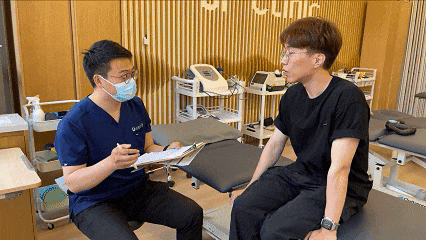
Q How have you seen your growth over the years while working at UP?
In the six years since I graduated, I have gained a lot from UP’s talent training system. I was one of the earliest employees of the rehabilitation clinic and the first PTA (Physical Therapist Assistant) admitted. In terms of language, I had just graduated in 2018. It was the first time I came into contact with an English-only environment. Every day of follow-up consultation in English was like a listening test. At that time, it was difficult to follow the conversations between therapists and patients, but now I can also independently treat foreign patients with no language barrier. In terms of professionalism, the system grades of the excellent rehabilitation clinic are: PTA, SPTA, PT, SPT, CPT. Each upgrade has comprehensive assessment standards. Over the years I have advanced to SPT, which allows me to teach new PTAs.
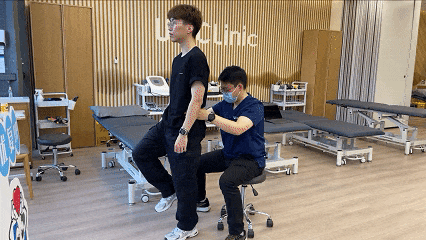
Q How did you first decide to become a physical therapist?
Before studying this major and even in my early days of study, my understanding and knowledge of physical therapy was relatively one-sided. But, after coming into contact with real cases and patients, I realized that physical therapy is very important. For example, a patient who had undergone knee surgery during his internship was injured and told to rest for ‘100 days’ through the traditional methods of local treatment. However, after 100 days of recuperation, he still couldn’t walk normally and had difficulty going up and down stairs, couldn’t run, etc. He felt disabled. Finally, he learned that professional physical therapy was needed after surgery to help restore normal daily function. In the end, the patient recovered very well with our help. For us practitioners, our job is not only to help patients restore their normal functions, but to let more people know about how and why they need us and how we can help them. Through physical therapy, people in need can return to normal life faster.
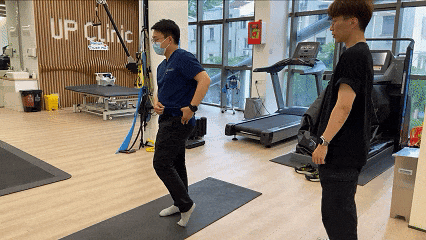
Q You’ve been at UP a long time – What do you see as one of the biggest challenges with patients?
Actually, the difficulty is not the injury itself. Most of my colleagues and I should have basically the same basic theoretical knowledge, and the same understanding of the injury. You can even try to look up some information yourself, and you might be able to understand it. For about 80% of the injuries, the concept is relatively basic and simple. The most difficult thing is to formulate personalized rehabilitation plans for different individuals. The physical status of each individual is quite different. Even for people with the same problem, their basic physical conditions are different, so our treatment plans will be different. For example, plans will vary for those who never exercise, people who have a general level of fitness and athletes. Moreover, their respective rehabilitation goals are also different, which can make it more complicated when formulating a plan.
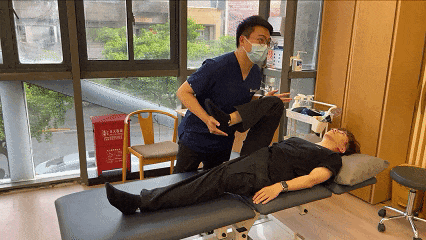
Q It’s really so important to have a physical therapist who cares and can create a unique plan. Could you tell us more about some of your specialities?
My expertise mainly includes hip, knee, and ankle surgery. I also focus on conservative treatment, post-fracture rehabilitation, various cervical spondylosis, lumbar spondylosis, and running posture screening and adjustment, etc.
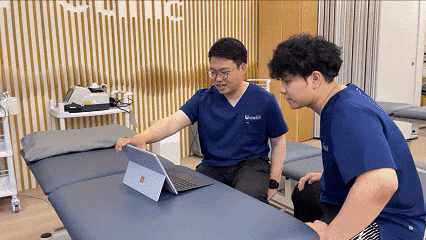
Q Is there any advice you would like to add to any of your former, current or future patients?
There is a saying that has had the greatest impact on my career in physical therapy, and it is also what my mentor Cory often says: Keep moving! Move well; move often! To all my patients who are still trying to recover and those who have recovered!
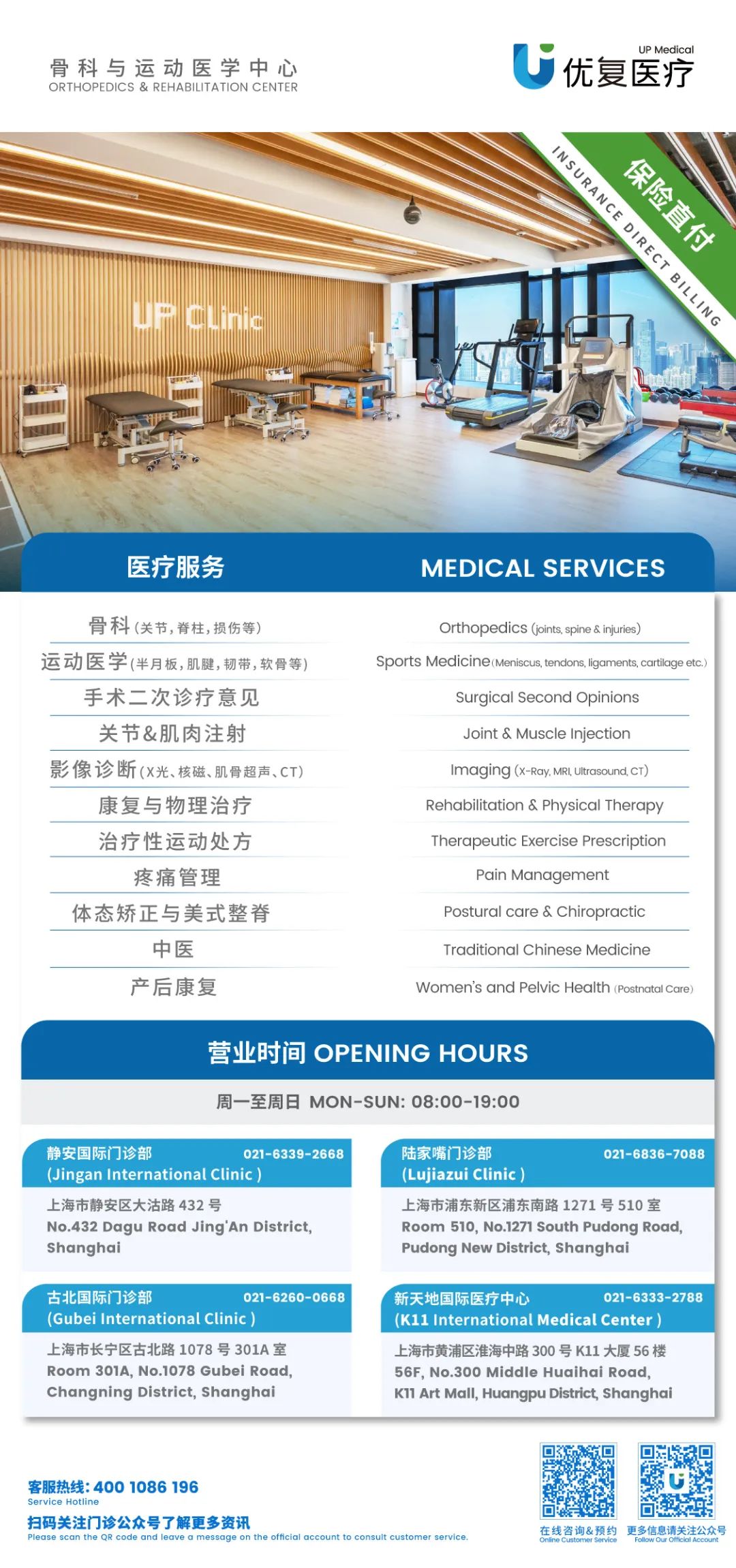
本篇文章來源于微信公衆号: 上海優複康複醫學門診部

